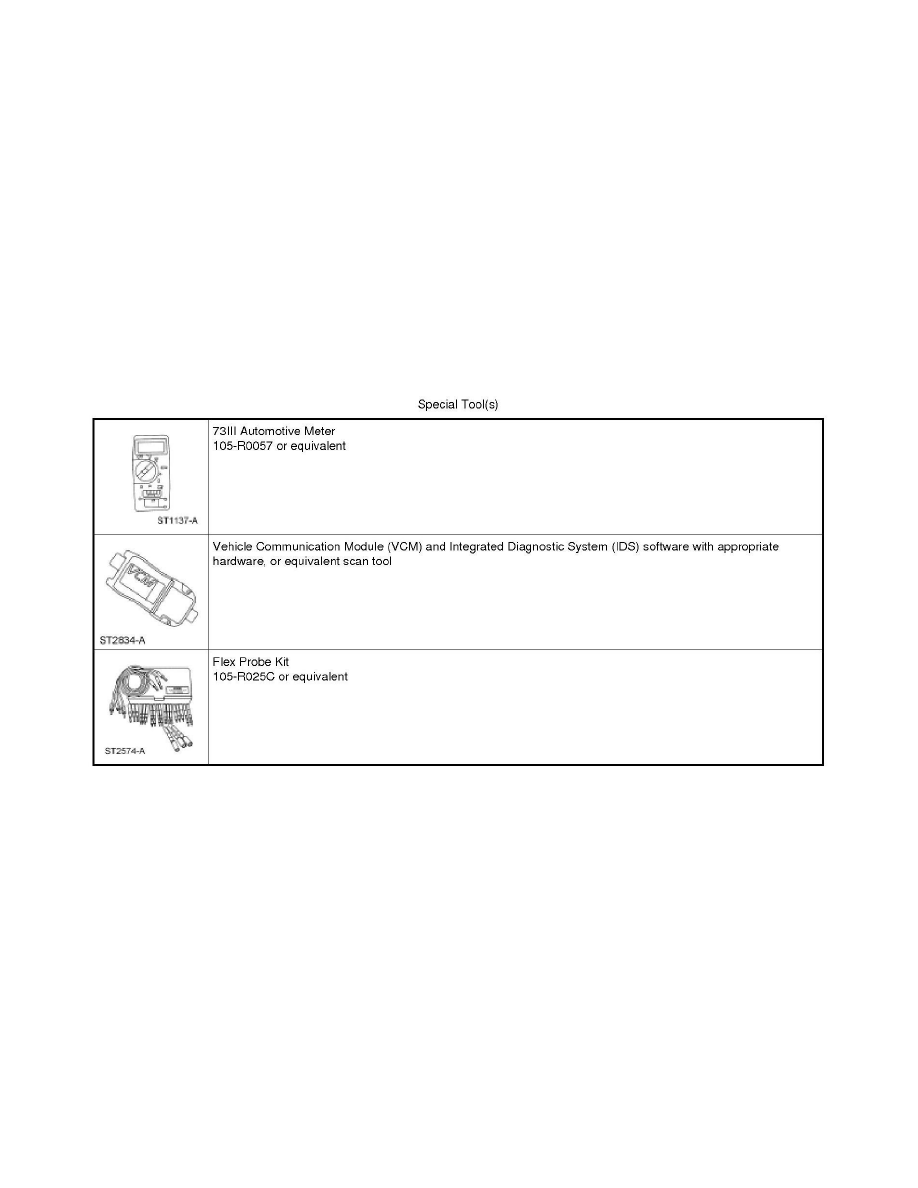Expedition 2WD V8-5.4L (2009)

to provide the requested output (voltage or ground). Each time the module detects an excessive load on the protected circuit, the counter advances.
When the excessive circuit load occurs enough, the module shuts down the output until a repair procedure is carried out. Each FET protected circuit has
3 predefined levels of short circuit tolerance established in the module based on each circuits' total protective capability. For example, if the total
predefined tolerance level is 600 fault events, the tolerance levels are reached at 200, 400 and 600 fault events.
When each tolerance level is reached the continuous DTC that was stored on the first failure, cannot be cleared by a command to clear the continuous
DTCs. The module does not allow this code to be cleared or the circuit restored to normal operation until a successful self-test proves that the fault has
been repaired. After the self-test has successfully completed (no on-demand DTCs present), the continuous DTC clears and the circuit function returns.
When the first or second level is reached, the continuous DTC (associated with the short circuit) sets along with DTC B106E. These DTCs can be
cleared using the Clear DTC operation on the scan tool as long as the fault itself has been corrected.
If any of the circuits are shorted past the third level, then DTCs B106F and B1342 set along with the associated continuous DTC. These DTCs cannot be
cleared and the module must be replaced.
The SJB FET protected output circuits for the headlamp system are for the LH low beam output and the RH low beam output circuits.
Special Tools Used With Diagnostics
Smart Junction Box (SJB)
